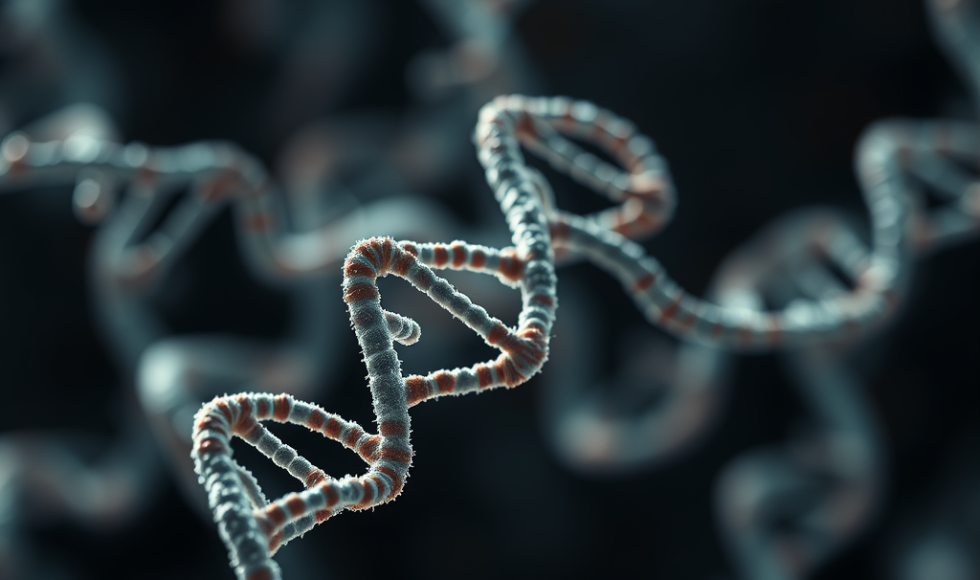Laura White from the University of Colorado School of Medicine spoke at London Calling 2024. The title of the session was “So many mods in so little time: >45 RNA modifications profiled by direct RNA-Seq.” They began defining the epigenome. It is the complete set of DNA methylation and other modifications. These can promote or inhibit transcription. The epitranstriptome refers to RNA and its modifications and is more dynamic and reversible. Continuous updates to the direct RNA sequencing chemistry and kits are improving detection. White’s group is interested in transfer RNAs (tRNAs). tRNAs are densely packed with modifications. White shared data from RNA002 and RNA004 chemistry. The new chemistry yields ~10X more tRNA coverage. The abundances of different tRNAs between new and old RNA chemistry are reproducible. White and the team were curious about what else they could detect with this approach. The team was interested in mitochondrial tRNAs and their modifications. Diseases are caused by aberrant mt-tRNA modifications. Kezia Dobson made petite yeast with mtDNA disruptions. They learned that their approach detected tRNAs and their modifications. They also detected a wide range of signals. They found signal distortions that confused the base caller. Some of these can be new modifications. Using E. coli bacteriophage T4 as a model for viral infection, they could detect interesting changes in tRNA. White concluded that there is an “immense chemical diversity” of tRNA modifications. These modifications can be unlocked with Oxford Nanopore Technologies (ONT). They can also be unlocked with long-read sequencing.



